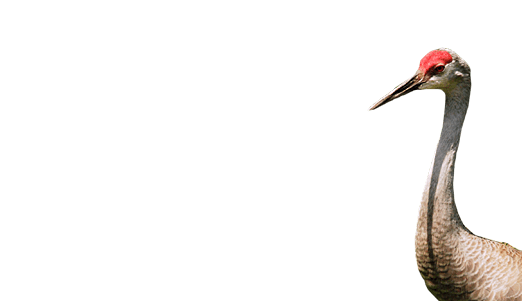Waterfowl Marsh
Description
Schedule
Open year-round
Accessibility
-
Wheelchair Accessible


Trumpeter Swans
Trumpeter swans are named for their distinct (and loud) vocalizations. They are the largest waterfowl in North America, and can weigh up to 30 pounds. In addition to their famous calls, trumpeter swans also communicate with each other using head bobs. These are common behaviors associated with pair bonding.
Alligators Among Us
The American alligators, native to the southeastern United States, are the largest of our marsh residents. In fact, they’re the world’s largest alligator species. They inhabit freshwater wetlands, such as marshes and cypress swamps. They can be distinguished from the American crocodile by their broader snouts, with overlapping jaws and darker coloration.


“
The zoo's Waterfowl Marsh is a peaceful, hidden gem. I meander through on weekends year-round, watching the ducks preen their feathers and the turtles climb on the rocks, and listening to the trumpeter swans call."
Clove
Queens Zoo Visitor
In the Exhibit

Hooded Merganser
This waterbird has a striking appearance that makes it easy to recognize; both sexes have crests that they can raise or lower, and the breeding plumage of the male is handsomely patterned and coloured.

Bald Eagle
Our bald eagles were rescued and rehabilitated after unfortunate encounters with humans. They were unable to fly and couldn’t be released back to the wild, so we provided them with a home at the Queens Zoo.

Wood Duck
The wood duck, or Carolina duck, is a species of perching duck found in North America. The drake (male) wood duck is one of the most colorful North American waterfowl.
More Animals in Waterfowl Marsh

TRUMPETER SWAN

AMERICAN ALLIGATOR

RED-EARED TURTLES

